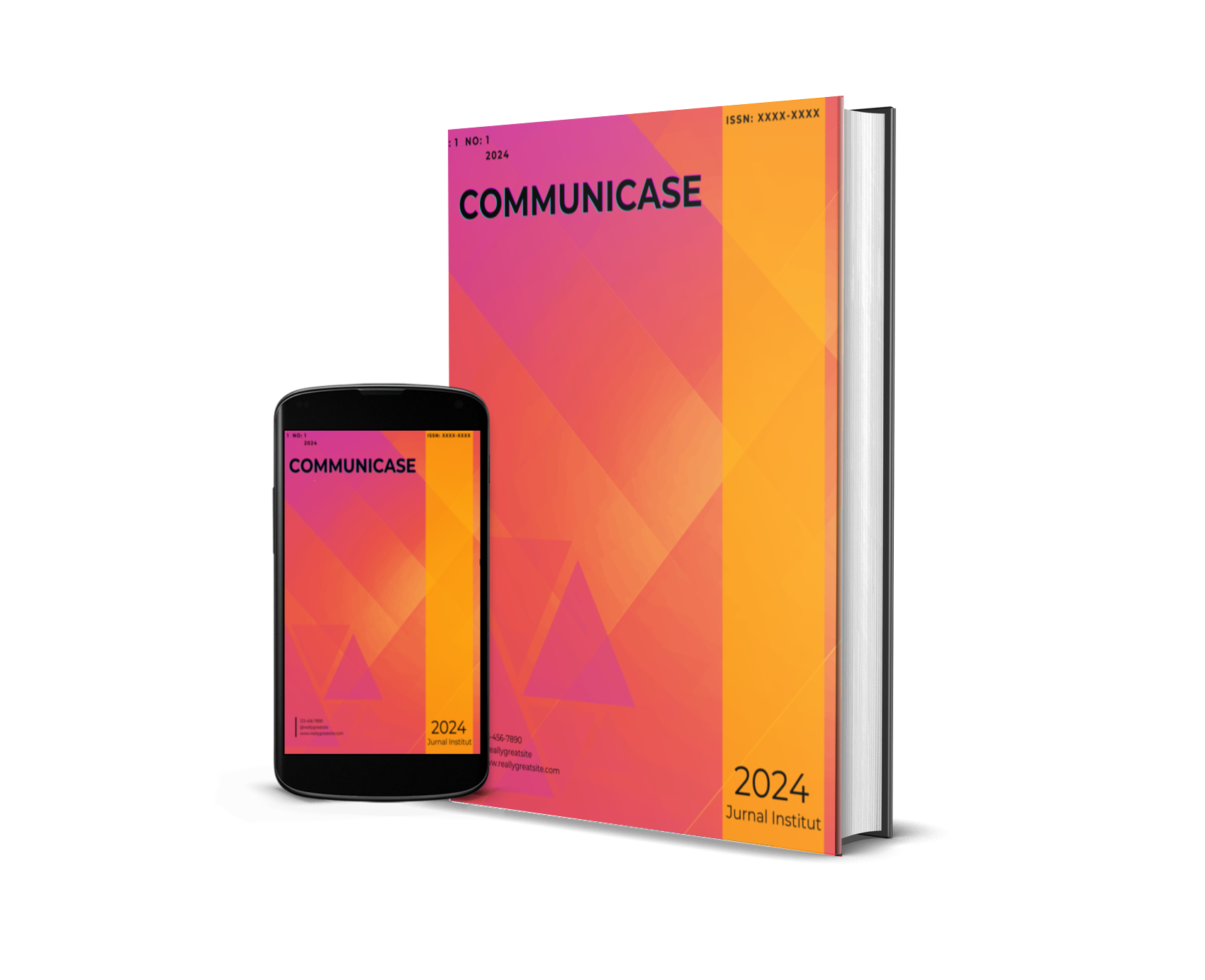Optimizing Organizational Communication in Improving Government Public Services
Main Article Content
Abstract
In today's digital era, the demand for quality public services by the community is increasing. Efficient and effective public services are a reflection of good governance. This paper highlights how optimizing organizational communication can improve the quality of government public services. Background of the study : This study is based on the phenomenon of lack of public satisfaction with public services provided by the government. There is a communication gap that causes obstacles in the service process. Theory : By referring to organizational communication theory and public service theory, this study builds a framework for understanding how communication affects the efficiency and effectiveness of public services. Research Method : Qualitative research with a case study approach was conducted by exploring data through in-depth interviews, observations, and documentation studies in several government agencies. Research Results : The results show that structured, transparent, and responsive communication can increase public satisfaction with public services. Optimizing communication through the use of information technology, HR training, and improving organizational culture are the main keys to improving service quality.
Article Details
Section

This work is licensed under a Creative Commons Attribution 4.0 International License.
How to Cite
References
Alvarado, L. (2018). Digital transformation in public services: Implications for communication strategies. Oxford University Press.
Benton, M. & Garcia, R.L. (2019). The culture of communication: Organizational structures and their impact on public trust. Nova Science Publishers.
Creswell, J.D. (2018). Qualitative inquiry and research design: Choosing among five approaches. Sage Publications.
D'Amico, S. & Turner, F. (2020). Building effective government organizations: The role of internal communication. Routledge.
Fairana, A., Ramadani, I., & Saputra, R. A. V. W. (2024). Pemenuhan Kebutuhan dan Komunikasi Organisasi dalam Menangani Konflik di Budiman Swalayan. LITERAKOM: Jurnal Literasi dan Komunikasi, 2(1), 37-49.
Farley, J.R. (2017). Public services in the age of transparency: The evolving role of communication. McGraw-Hill Education.
Greene, M. & Patel, N. (2019). Technological advances and their impact on government communication. Wiley.
Harlow, E. (2019). Public service design: Integrating communication and user experience. Springer.
Jenkins, L. (2017). Participatory governance: The role of bottom-up communication in public services. Cengage Learning.
Kingston, R. (2018). From top-down to bottom-up: Changing paradigms in government communication. Pearson.
Levine, T. & Smith, A. (2020). Good governance and its relationship with organizational communication. Palgrave Macmillan.
Mitchell, D. R. (2017). Harnessing the power of digital platforms in public service delivery. Cambridge University Press.
Saputra, R. A. V. W. (2024). The role of the social media platform pinterest as a creative media reference for generation Z students. English Learning Innovation (englie), 5(2), 207-222.
Saputra, R. A. V. W., Kom, S. I., & Kom, M. I. (2024). RETORIKA: Teori dan Teknik Praktis Seni Berbicara di Era Digital. wawasan Ilmu.
Park, C. (2020). Reinventing public services: A communication-driven approach. Elsevier.
Rubin, H. & Martinez, L. (2019). Understanding the dynamics of public sector communication. Random House Academic.
Tashakkori, A. & Lewis, M. (2018). Mixed methods in public administration research: Communication as the centerpiece. Bloomsbury Academic.
Yin, R. K. (2020). Case study research and applications: Design and methods in public sector communication. SAGE Publications.


